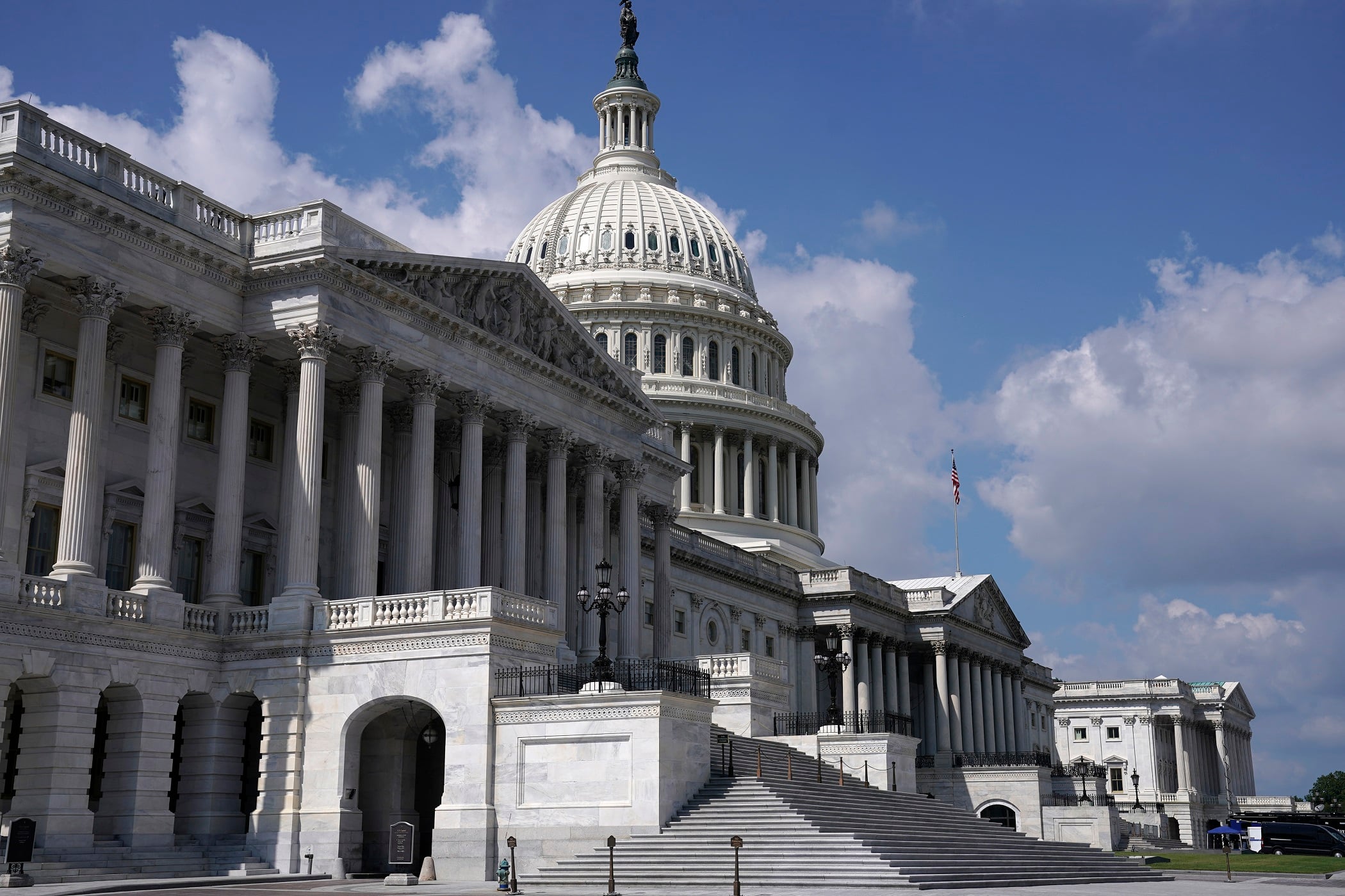Dozens of presidentially appointed positions in the U.S. government have been sitting empty for years, stymied by a slow Senate confirmation process that has become even less efficient in the years since the Obama administration.
A new study by the nonpartisan nonprofit Partnership for Public Service identified more than 80 appointed positions spanning 15 cabinet agencies that were vacant for at least half the years between 2009 and 2023. These positions were without secretaries, chief financial officers, judicial experts and other critical leadership that require the advice and consent of the Senate via majority vote.
The report sheds more light on a well-known truth in public administration: the Senate confirmation process is often where presidential appointments go to die. Today, the process takes almost twice as long as it did during President Reagan’s term in the 1980s. The report indicates that the majority of extended vacancies are due to Senate inaction, as both President Joe Biden and former President Donald Trump nominated roughly the same amount of people to fill vacancies.
RELATED

“The troubles faced by executive branch nominees in the Senate confirmation process have gotten worse year by year,” according to the report. “More nominees are left in limbo and those who eventually reach confirmation take longer than ever before to move through the process.”
The Senate confirmation timeline averages about 172 days under Biden and 153 days under Trump, but both presidents experienced even more extreme delays for certain choices that nearly doubled those averages. The result is career civil servants putting their lives on hold while they await judgment often fueled by politics. The agencies lack a permanent leader that is in a place of authority to lead long-term strategy.
Considering both as a case study, Biden has dealt with a narrowly divided Senate during his term which threw out objections to his nominee for the Department of Labor and boycotted votes nominees for the Federal Reserve in 2022. Another example is Rosie Hidalgo, who Biden picked to lead the Office on Violence Against Women and whose confirmation came 411 days after the Senate kicked back her name to the White House. She was eventually sworn in in 2023.
RELATED

On June 13, a group of Senate Republicans led by JD Vance, Mike Lee, Bill Hagerty, Roger Marshall, Tommy Tuberville, and Eric Schmitt wrote a letter pledging their uniform opposition to a spate of Biden judicial nominees, under secretaries and commission members in protest of Trump’s recent conviction on 35 felony counts of falsifying business records.
Under Trump, the Senate successfully blocked his pick for the Federal Reserve Board after both Republicans and Democrats on the Senate Banking Committee expressed concerns with her views. Of note, Trump’s pick for assistant secretary for postsecondary education at the Department of Education, Robert King, took a more than a year to be confirmed.
RELATED

One solution is to reduce the number of Senate-confirmed posts in government. Considering many career executives are forced to do the work of an appointee when there is none, there is perhaps a de facto solution that could simply be made permanent.
“To address the vacancy crisis, Congress should review whether to remove the requirement of Senate confirmation for the persistently vacant positions identified in this report,” the report suggests. “While some of these roles are best performed by an appointee of the president due to their close connection to policymaking, many could be better served by the consistent leadership of a member of the Senior Executive Service.”
Molly Weisner is a staff reporter for Federal Times where she covers labor, policy and contracting pertaining to the government workforce. She made previous stops at USA Today and McClatchy as a digital producer, and worked at The New York Times as a copy editor. Molly majored in journalism at the University of North Carolina at Chapel Hill.





